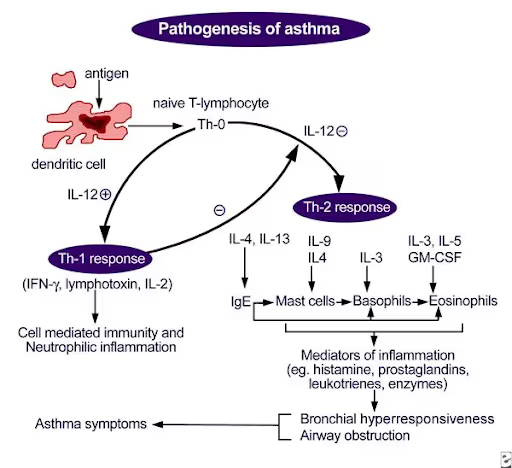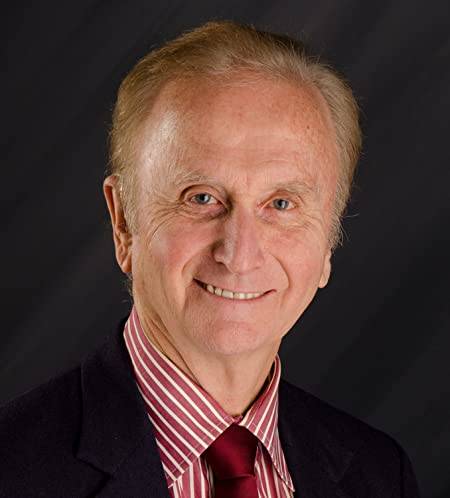L'hyperventilation provoque souvent l'asthme. Réduisez les deux maintenant.
L'hyperventilation provoque souvent l'asthme. Réduisez les deux maintenant.
26 décembre 2023, par Michael Grant White
L’hyperventilation et l’asthme sont-ils identiques ? Lisez la suite pour découvrir le lien entre l’hyperventilation et l’asthme.

L'hyperventilation, communément appelée crise de panique, est en réalité connue sous le nom de syndrome d'hyperventilation (HVS). Le HVS, qui se caractérise généralement par des crises de panique mais qui a une signification plus profonde, et l'asthme ont certains symptômes en commun. La recherche a établi un lien entre l'hyperventilation et l'asthme. Il suffit de dire qu'avoir l'un des deux augmente le risque d'avoir l'autre.
Qu’est-ce que l’asthme ?
Composantes de l'asthme
-
Un aspect bronchospastique précoce et aigu marqué par une bronchoconstriction des muscles lisses et

Qu’est-ce que l’hyperventilation ?
Qu’est-ce que l’hyperventilation ?
L'asthme et son lien avec l'hyperventilation ont maintenant été cliniquement prouvés !
Lecture recommandée:
Apprenez à mieux respirer avec le kit de maîtrise de la respiration optimale.

Rencontrez Mike White
Rencontrez Michael Grant White, le coach de respiration optimale et obtenez des informations concrètes sur votre développement respiratoire, votre santé et votre longévité.




